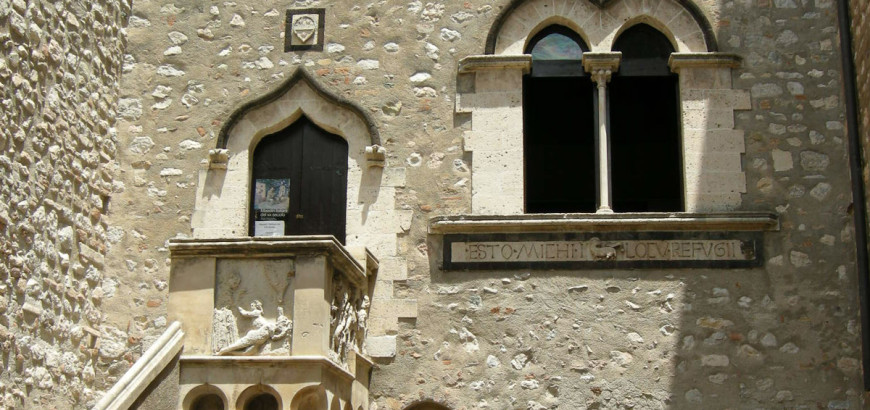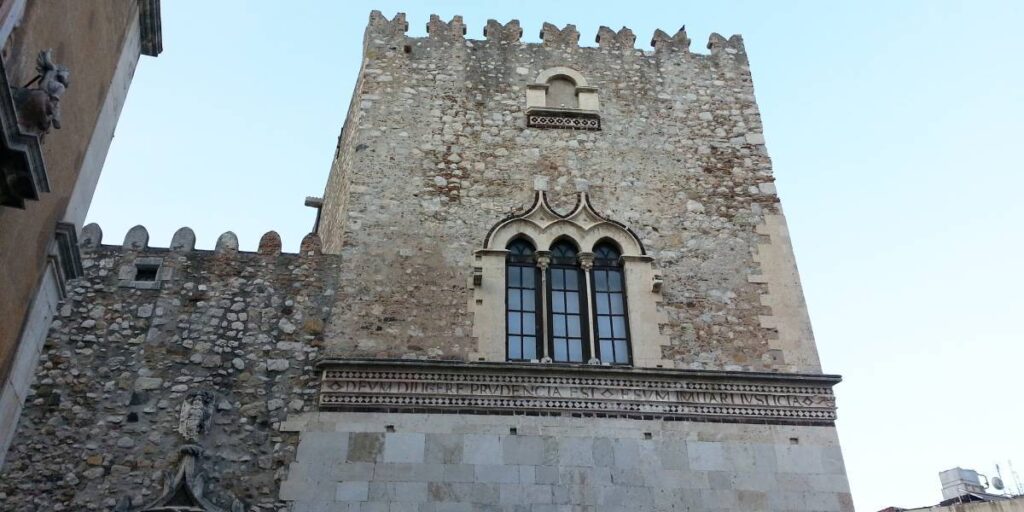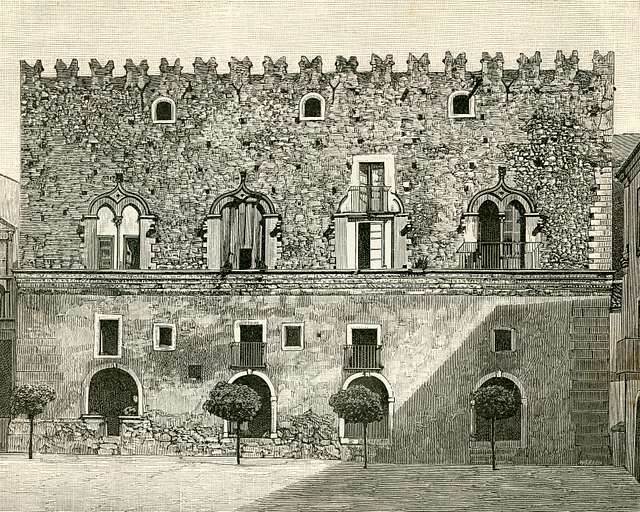Palazzo Corvaja is a treasure of Taormina, a place that holds centuries of history, art, and power. Every stone tells the story of the city’s evolution and the civilizations that passed through, making it a symbol of Sicilian culture.
If you visit Taormina, don’t miss the opportunity to explore it—it’ll be a journey through time that will leave you breathless!
Palazzo Corvaja in Taormina is much more than a historic building: it is a place that has witnessed centuries of transformations, dominations, and fascinating events. Every stone tells a story, every corner hides a fragment of the past that continues to live in the present.
A palace built on an ancient Roman forum
Few people know that Palazzo Corvaja stands on an ancient Roman site. Before the Arabs built the fortified tower in the 9th century, the site hosted a Roman forum—the center of public life in ancient Taormina. This detail suggests that the palace is not just a medieval legacy but a place that has seen the passage of even older civilizations.
Mysterious inscriptions on the facade
On the facade of the palace, you can see various inscriptions carved into the stone, reflecting the moral and religious vision of the lords who lived there. Among them, some phrases evoke the fundamental virtues of medieval nobility: Faith, Justice, Fortitude, Temperance.
A particularly evocative inscription reads: “May this be a place of asylum for me”, a clear reference to the palace’s protective function, which in the past offered refuge to those seeking safety within its walls.
The post–World War II restoration
At the end of World War II, Palazzo Corvaja was in critical condition. It had been occupied by several families, and many of its original structures were damaged. It was the first post-war mayor who ordered its expropriation and full restoration, entrusted to architect Armando Dillon, the same who Thanks to this restoration, the palace regained its splendor and today is one of the city’s most representative monuments.
The Museum of Arts and Popular Traditions
Today, the first floor of the palace houses the Museum of Arts and Popular Traditions, where everyday objects from Sicilian culture are on display. Among the collections are:
Caltagirone ceramics
Sicilian puppets
Hand-painted carts
Traditional Albanian garments
These items tell the story of Sicily’s daily life in the past, offering visitors a journey through the island’s traditions and craftsmanship.




